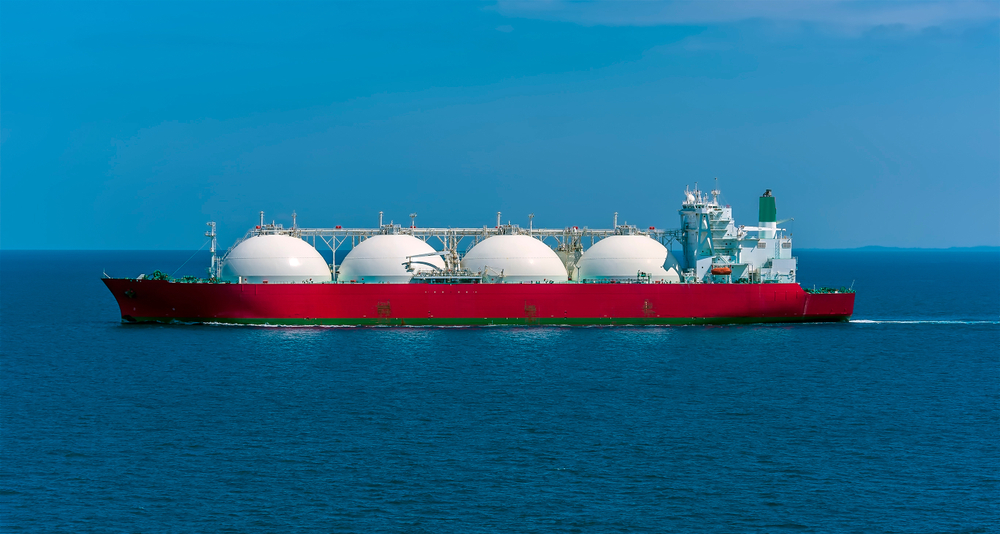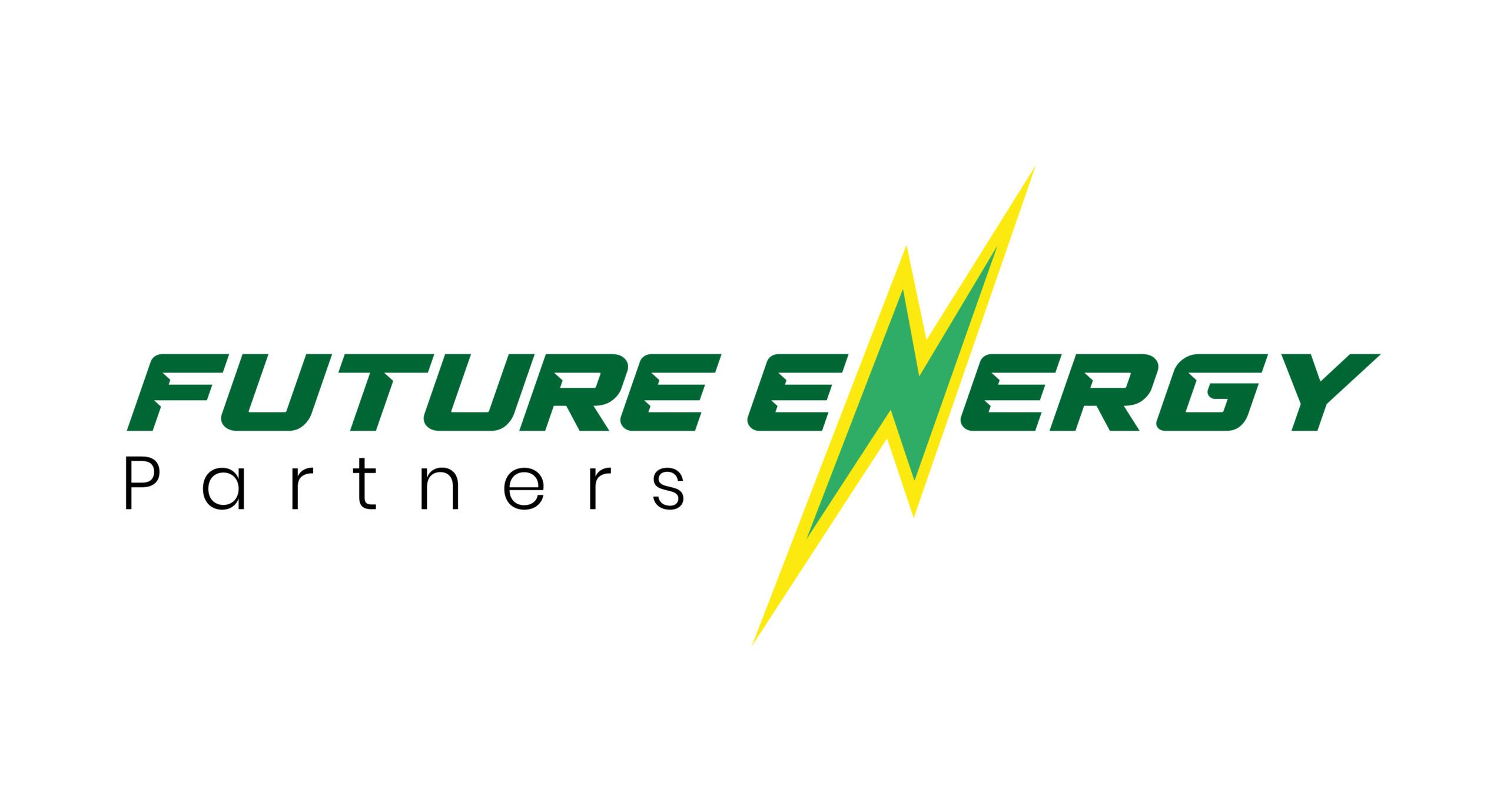Gas flaring solutions – Carrot or Stick
- 15 January 2021
- Posted by: Future Energy
- Category: Energy


Introduction
“The road to a low-carbon world is the challenge of the next decade…. Energy Transition is the most commonly used word to talk about the future of energy” (Yergin, 2020) – and natural gas as a combustible fuel, all the way to being the feedstock for hydrogen generation is playing a critical factor in achieving that objective.
Global gas production in the energy sector reached over 4 Tcm (trillion cubic meters, 140 Tcf / year, or ~400 bcf / day) in 2019 – principally driven by increases in US unconventional, but also by Iran and Qatar.
Somewhat in parallel, 2017 annual total greenhouse gas emissions were 26 Tcm (~49 Gtonne of CO2e) – driven by increases in energy use and industrial processes. Of those total green house gases emissions (primarily CO2), Methane (CH4) accounts for ~17%.


Diving deeper further, GHGs from the ~145 bcm of annual Flared Gas contribute to the total – although relatively small (>1%) compared to total GHG emissions. However approximately 275 MtCO2 is released through flaring and venting – unacceptable relative to absolute gas production, and as a controllable element that has clear technological solutions. The US, Russia, Iran, Iraq and Algeria are responsible for over 50% of global flaring – a major source of methane emissions.
Flaring Regulation and Commitments
We are grateful to Future Energy Partner for helping us though the ISO certification process. The implementation of ISO standards is what differentiates as a company from our competitors and demonstrates our commitment to Occupational Health and Safety Management.


Despite many countries having nominal flaring commitments and regulations, and even having signed up to the Global Gas Flaring Reduction partnership, since its inception, Figure 2 shows that no progress has been made since then, and the challenges to achieve what the IEA calls its Sustainable Development Scenario, are huge (“Challenge” in Figure 2).


Norway, Canada and Nigeria are notable for the implementation of policies that have led to material reductions in flaring, whereas the US, Russia and Iran are not members of the GGFR. It has been estimated that excess gas flared in Russia could provide the entire African continent’s electrical needs (Vorobev A., 2019).
In nearly all cases around the world, the implementation of a suitable regulatory / legal and procedural framework can provide the necessary stimulus to develop the engineering solutions needed – the stick.
However commercial solutions can be developed that decrease or eliminate flaring, and they can be tailored according to the size of the challenge – small volumes can be used for fuel gas needs, medium resources can provide electrical generation or processing to dry gas and/or condensates, whereas larger volumes can be used for electrical generation, gas processing, petrochemical feedstock or even NGL production – the carrot.
A lack of awareness, or incentives (positive or negative) entail that far too much gas from fossil fuels is currently being flared. With the correct incentives (carrot or stick) such technological solutions can be commercially integrated.
Technology to the Rescue?
One of the initial signatories to the Oil and Gas Climate Initiative was Saudi Aramco. For them the commitment was relatively obvious as the company had invested heavily in the mid 70’s to create their Master Gas System (MGS) – a great example of what can be achieved where focus, commitment and investment is applied to a source of value leakage (it now recovers 99% of gas produced, reducing CO2emissions by nearly 100 Mt/year)
Another solution for excess gas (once it has been centrally collected) is to convert gas to liquids (GtL) – not technologically challenging, but economic viability is based upon the ability of the large capex to be covered, with a return, on the spread between the price of gas and petroleum products.
Only a handful of functioning GtL plants exist in the world, ranging from 3 mbd to 140 mbd, with Shell / Sasol / Qatar Petroleum being the main proponents. Uzbekistan is due to join the club with ~$4 billion investment due online in 2021 (Global Business Club, 2020).
Another solution is clearly Liquefied Natural Gas (LNG), which was first commercialised in 1964 at the Arzew plant in Algeria. The recent Chevron Gorgon LNG and Shell Prelude Floating-LNG highlights how far, and scalable, LNG can go – enabling the exploitation of multi-Tcf resources, even offshore.
However, in the last decade small scale LNG (ssLNG) has developed alongside its larger sibling, generally in transportation and off-grid power generation – but still relatively small scale, providing power to traditionally isolated or diesel-dependent locations. Separately, large scale Gas to Power (GtP or G2P) technology has been around for over 100 years, with major advances in gas turbine technology occurring during both World Wars, and Combined Cycle Gas Turbines (CCGT) developed in the 1960’s. However, the ability to scale down / mobilise such G2P solutions has been limited in the past.
Our next blog will look at novel smaller scale solutions that Future Energy Partners and CW Ventures can deliver for stranded gas, or fields that are oil constrained due to the inability to handle associated gas, in the 5 – 50 mmcfd range.
Future Energy Partners provides clean energy options and practical solutions for clients. We pride ourselves in being a consultancy that is dedicated to bringing the supply of energy that is required in today’s modern world in a responsible and professional manner, with due recognition of the global challenges facing society and a detailed understanding of the business imperatives.
To discuss potential Gas to Power / Gas to Wire opportunities that can make a meaningful difference to your business and support the reputation and bottom line that is required for success, contact us to discuss a way forward.
Leave a Reply Cancel reply
You must be logged in to post a comment.
